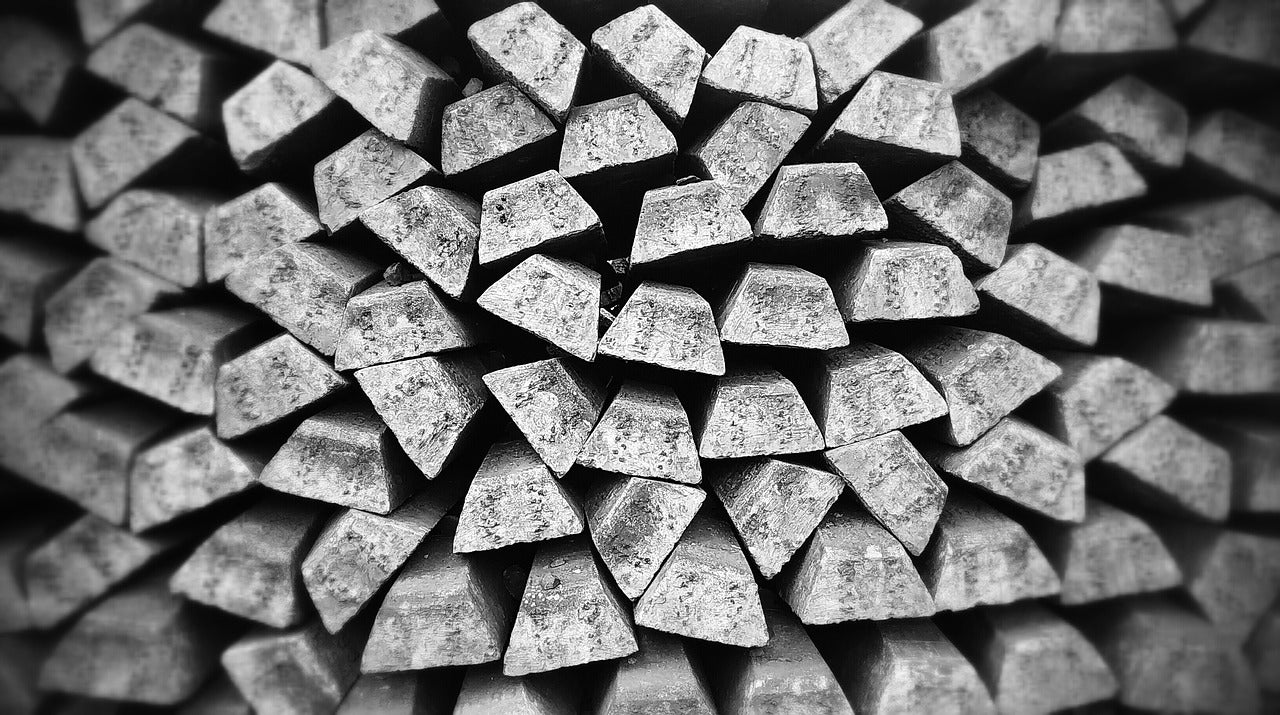
KIDS SCIENCE: METALS AND ALLOYS
Written by Lew Amicone
What do pretty jewelry, big trucks, and computers all have in common? They are all made with metals! What are these shiny materials, though? Do they all have something in common? Why are some stronger than others? The answers can be found with science.
WHAT ARE METALS?
Metals are a specific type of pure element you can find on the periodic table. Pure elements are made up of a single kind of atom. There are lots of metals on the periodic table; three out of every four known elements are actually metal! Most metals conduct heat and electricity well, have a shiny appearance, and are very strong. Many also hold their shape well, so once you form them into a shape, they will stay that way without falling apart. This is very important for people like blacksmiths, who bend iron to make horseshoes and other things, and jewelers, who turn silver and gold into jewelry. Not all elements that fall into this category look and act the way you’d expect, though. For instance, potassium is a metal that’s so soft that you can cut it with a knife! There are so many types of metals that the periodic table breaks them down into separate categories, including alkali, alkaline earth, and transition metals.
WHAT ARE ALLOYS?
While a pure metal only has one kind of atom, an alloy is a metallic mixture of different atoms. Alloys are often stronger than the individual elements on their own. This is because a bunch of similar atoms can slide against each other fairly easily, but the different atoms in an alloy can’t. Think of it like Velcro: Two fuzzy pieces won’t stay together as well as a fuzzy piece and a plastic piece with little hooks. Sometimes, different shapes make stronger connections.
You are surrounded by alloys, and they’re very helpful. You couldn’t get to school without them: The steel in buses and cars is an alloy, usually a mix of iron and carbon. Because alloys tend to be better materials for modern uses, you’ll see them more often than a pure element like iron or tin. Drink cans are made from an aluminum alloy. Even things that are called tin cans are actually made of alloys. Alloys are strong enough to use in building skyscrapers and light enough to use for building airplanes.
HOW DID METALS MAKE HISTORY?
Metal is so important to human history that archeologists have named entire eras after the metals most commonly used during a specific time. Before humans understood how to find and use metals, they used stone tools, so that era is called the Stone Age. It lasted a very long time, and big projects took entire lifetimes to finish. There weren’t many big projects, though, because no one had strong enough tools to do the things they imagined. Even when people found copper, gold, and tin, these metals were too soft to be very useful.
Bronze, which is made from copper and tin, was the first important alloy humans made. It was much stronger than copper or tin alone, and it let people make better tools. This big leap in technology started a period scientists call the Bronze Age. An elemental metal even stronger than bronze, though, is iron. Once people discovered how to get iron out of rocks, a process called smelting, they had an even better material for sharp, hard, and strong tools. People made lots of iron weapons, iron defenses, and iron farming equipment. Eventually, people discovered that adding carbon to iron made it even stronger, creating the alloy we call steel. Some of the first people to make steel had no idea why it worked and called it magic. You’ve probably heard of these people: They’re called Vikings! They added powdered bones, which have a lot of carbon, into the iron they melted to make weapons. To them, this added the animal’s spiritual power to the sword, ax, or arrow. The truth was all about chemistry.
ADDITIONAL RESOURCES
- Copper Chemistry in Action
- HowStuffWorks: Ore to Steel
- How to Make Gold Pennies
- How to Make Magnetic Travel Board Games
- Curling Metal
Workbenches
Tool Chests
Best Sellers

Leave a comment